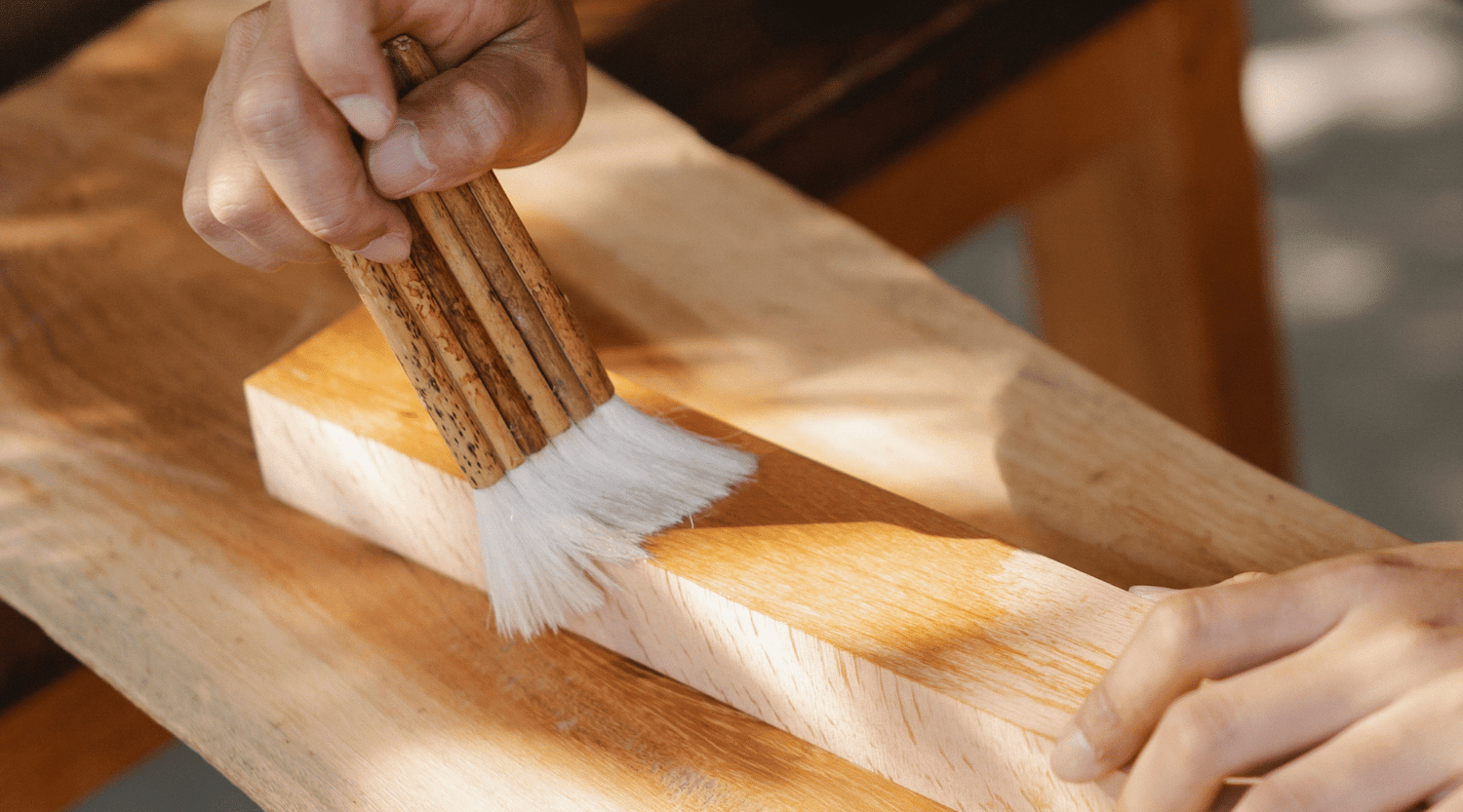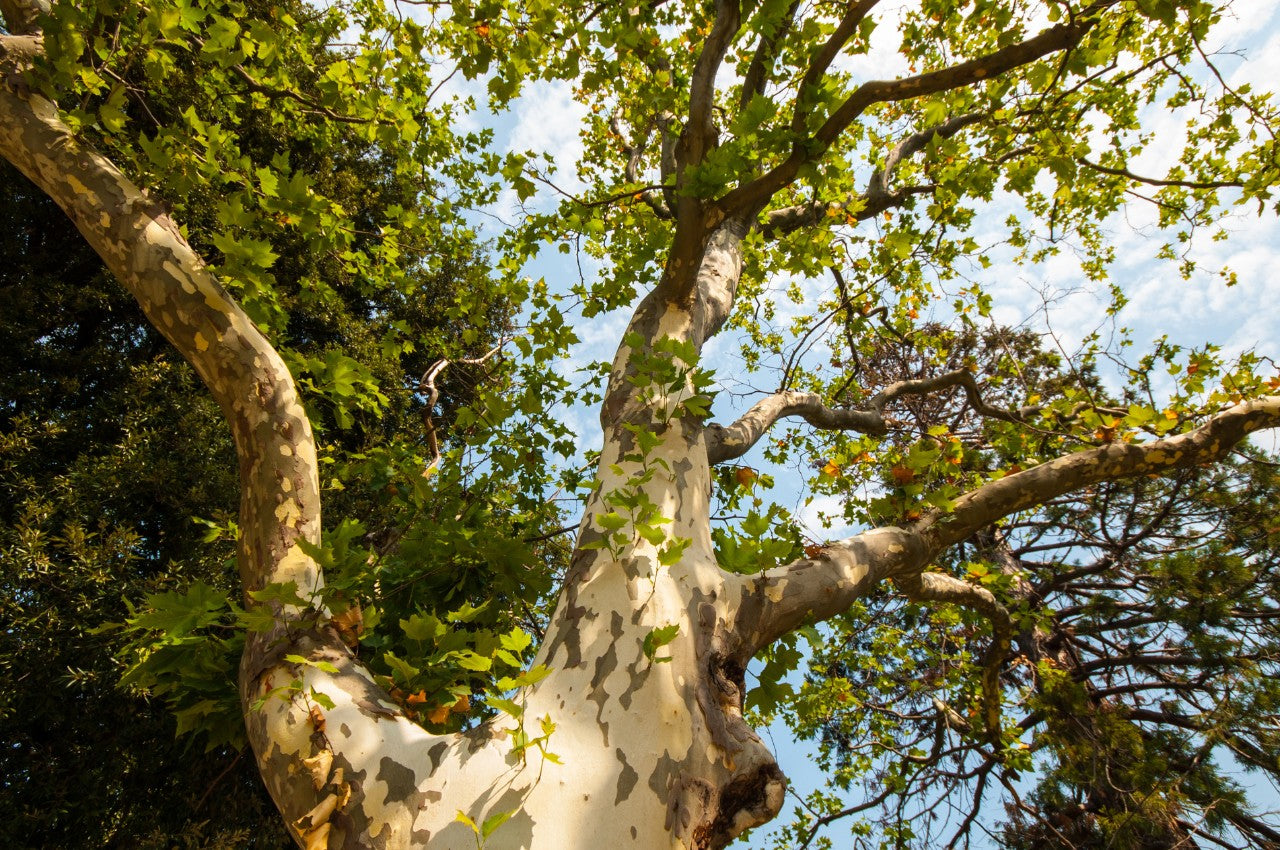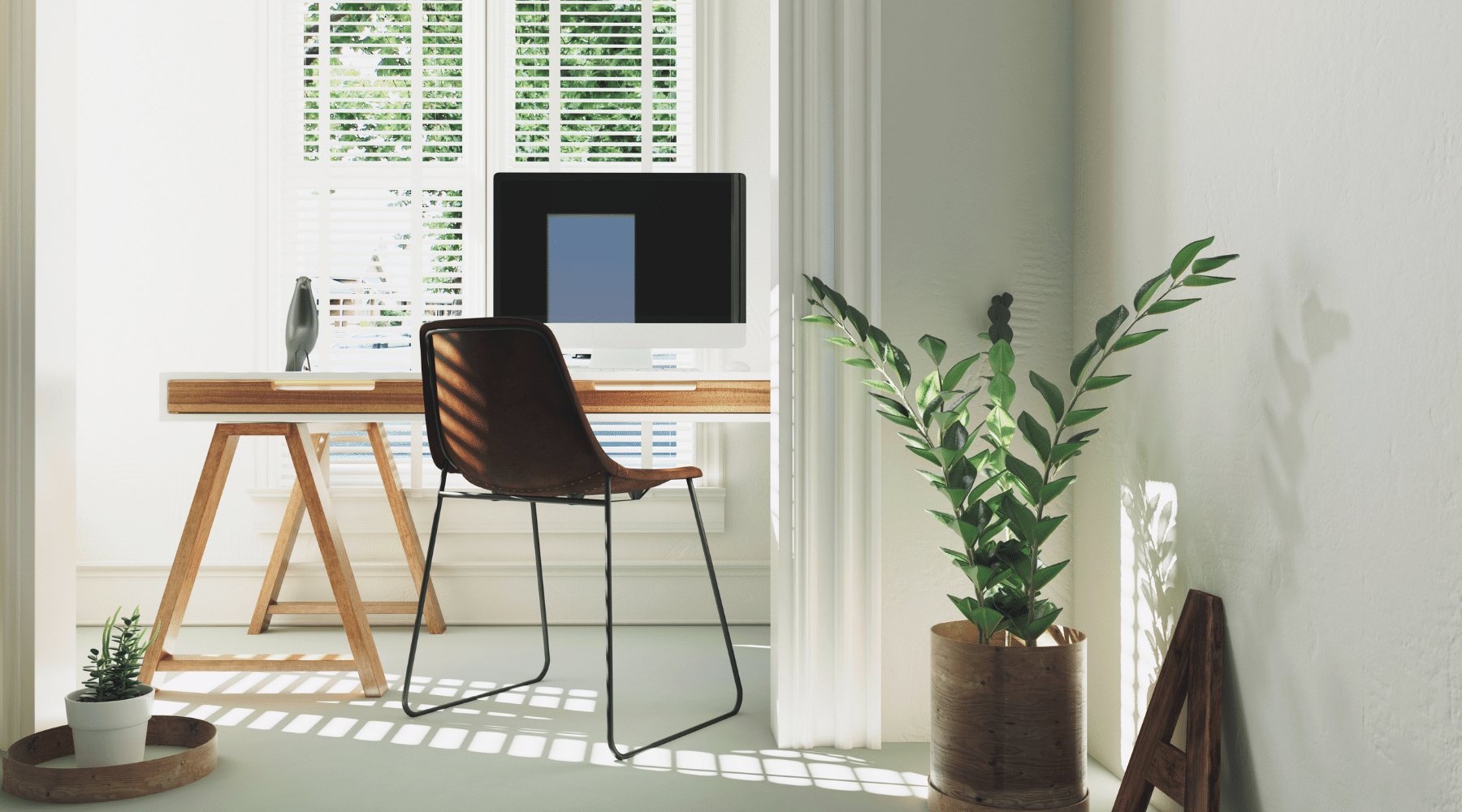The penultimate phase in the manufacture of excellent wood furniture is the application of a protective or refining coating. The finish on wood furniture can accentuate the grain and impart a lovely sheen, as well as protect it from moisture, oils, and other elements and make it simpler to clean.
But which finish do you prefer? Each finish has its own advantages and disadvantages, often balancing beauty, durability, and maintenance simplicity. Your furniture will be placed in a high-traffic area. Will it be handled frequently? Will it be exposed to liquids as a tabletop would be? This is the first step in selecting new hardwood furniture with the best finish for your family's requirements.
Varnish
Varnish, one of the oldest and most durable finishes, is superior to other conventional coatings. It accentuates and warms the wood's grain and is resistant to impact, heat, abrasion, water, and alcohol. It can also be applied as a finish on worn surfaces. Varnish imparts a relatively transparent tone to natural wood, but it slightly darkens the wood. It comes in high-gloss, semigloss, satin, matte, and flat surface finishes. There are numerous options, but it is essential to choose one that complements the wood of your furniture.
Lacquer
Lacquer is the wood finish with the quickest drying time. Although very thin, it is more durable than shellac and must be applied in very thin applications. It is offered in high-gloss, satin, and matte finishes, as well as in clear and a variety of clear stain colors.
Dust-free drying is not a problem, but lacquer is extremely difficult to deal with since it dries so quickly, often practically instantly. It is not suggested for amateurs to apply lacquers using a paintbrush; a spray gun is generally required. Lacquer fumes can be both flammable and poisonous. Due to these factors, lacquer is typically not used by amateur refinishers. For modest operations, aerosol spray cans can be used to apply lacquer. This is a pricey yet effective way to apply lacquer to small projects.
Polyurethane
Polyurethane, a cousin of varnish, is also an exceptionally protective topcoat. Its properties vary depending on the component substance. In addition to its durability, oil-based poly is highly resistant to heat, water, and chemicals and is available in a number of gloss levels, such as satin, semi-gloss, and high gloss. Additionally, oil-based finishes have an amber hue that is especially noticeable in sunshine and accentuate the wood's richness. Polymer derived from water is a more recent possibility. While a water-based finish will have a lower volatile organic compound (VOC) content (making it more eco-friendly) and will not impart color to your furniture, it will also not be as resistant to heat and chemicals.
Shellac
Shellac is the most user-friendly of the traditional finishes. It gives a very delicate, mellow finish and highlights the wood's original grain. It looks particularly good on walnut, mahogany, and veneer woods. It polishes beautifully and serves as the foundation for the customary French polish finish on really fine furniture. Shellac is applied in multiple thin layers. It dries quickly and can be reapplied within four hours. Due to the need for multiple coats, application errors are possible, but they are straightforward to correct.
The major disadvantage of shellac is that it is fragile. Shellac is fragile and soluble in both water and alcohol. Typically, white rings are a concern. Shellac cannot be used during extremely humid conditions because the moisture turns it white. Shellac coatings absorb moisture and can yellow or turn white over time. Repairs are straightforward, but periodic retouching is required. Shellac has a tendency to become soft as it dries, so waxing is nearly needed for surface protection. It is ideal for decorative pieces that do not need to withstand heavy usage. The type of furniture wood will determine the appropriate shellac color and cut.
Wax
If aesthetics are your primary concern when choosing a finish, wax is a fantastic place to start. It accentuates the wood's natural textures and pores with a gentle sheen that won't discolor over time. Wax does not penetrate or soak into wood, but instead forms a protective layer on its surface. This prevents wood from oxidizing and preserves its natural color, although it does not significantly intensify the wood. This is why wax is frequently used as a topcoat in conjunction with oil.
If your statement wood piece will not be subjected to extreme wear and tear, wax is the ideal treatment. This finish has durability and maintenance issues. Wax provides a few minutes of water resistance, but it provides little protection against heat, scratches, or dents. Additionally, wax should be revitalized annually by buffing (dry cloth for matte finish, damp cloth for high-gloss). Keeping this in mind, wax is most commonly applied on wooden shelving, display cases, picture frames, and other low-wear goods, or as a topcoat over a more durable finish, such as shellac.
Soap
Soap is a less common yet inventive substitute for wax. A natural soap flake and water mixture will produce a matte, soft-to-the-touch finish with a white or gray tint, similar to a wax coating. As the hue may imply, soap finishes work best on light woods like maple, ash, and white oak, as the textures and rich colors of darker woods would be buried. Though this finish is not resistant to scratches, heat, or water, it is easy to fix and re-finish every six months or so, and it is the "greenest" finish on the market, making it a safe alternative for families. Those prepared to devote the time required for continuing maintenance will benefit the most.
Oil
Oil treatments have been utilized for hundreds of years to protect and accentuate the natural beauty of all wood types. These drying oils (the non-VOC generating form) enter the wood and dry as a thin coating when the molecules are exposed to air. Linseed and tung oils are the most prevalent types. As the oil is rubbed by hand into the wood, it imparts a natural, yet luxuriously opulent finish that accentuates the depth and complexity of the wood grains. Most oil treatments provide your furniture with some moisture resistance, especially when covered with a wax finish, and they are also flexible as wood expands and contracts in response to fluctuating humidity. As with wax and soap, oil is not as protective against nicks and dents as other surface treatments, but for those prepared to invest time and effort in good upkeep, the appearance may be worth it.
Selecting a finish might be challenging. There are numerous possibilities, each with their own advantages and disadvantages. Multiple types of finishes can even be blended and stacked to maximize their respective benefits. The finish you choose should rely on the desired appearance, the level of protection required, and the amount of care and maintenance you are willing to provide.
At TY Fine Furniture, our Furniture Grade Oil+Wax finish is a finish made exclusively using food grade ingredients. It’s a proprietary blend of Organic Polymerized Oils and Wax. Additionally our Oil+Wax blend is an exclusive non-toxic, VOC-free furniture finish that you’ll only find here at TY Fine Furniture. It contains no volatile organic compounds, no metallic driers (hidden in many oils), no thinners or solvents; even the beeswax is 100 percent naturally unbleached.



Leave a comment
This site is protected by hCaptcha and the hCaptcha Privacy Policy and Terms of Service apply.